Disclaimer: This post contains affiliate links to handpicked partners, including tours, gear and booking sites. If you click through or buy something via one of them, I may receive a small commission. This is at no extra cost to you and allows this site to keep running.
Are you planning to climb the highest mountain in Africa? First, you’ll need to decide which path to take. Here’s how to choose the best Kilimanjaro route.
It’s no easy feat summitting the mighty Mount Kilimanjaro at 5,895 meters, but thousands do on well-worn pathways with well-trained guides. Except planning which Kilimanjaro trek to do is an expedition in itself.
One of the most critical aspects of the trip is which Kilimanjaro route to choose. Why? Because there isn’t just one way up and down, like Everest Base Camp and other multi-day treks. Instead, a series of trails ascend the mountain from different directions.
The Kili route you take will determine your comfort level, the number of days you will trek and acclimatise, the difficulty of the terrain you will cover, and ultimately, your summit success rate.
That’s a lot to think about and an overwhelming part of planning on top of preparing and packing. So, here’s an overview of the trails, how to choose one, and how I came to make my decision.
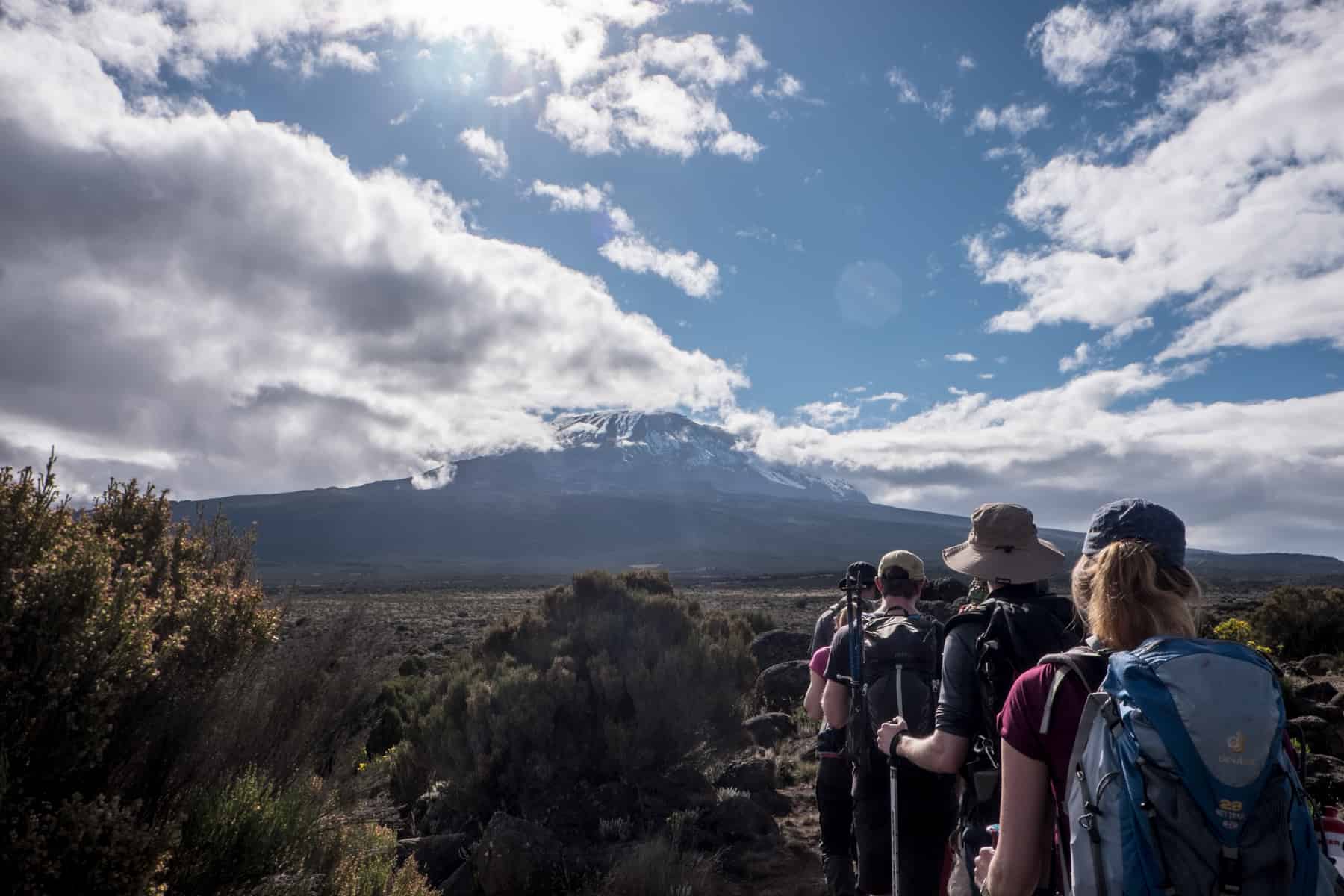
How to Choose the Best Kilimanjaro Route – Get Trek Ready
Contents
How Many Routes Does Kilimanjaro Have?
There are seven ways to get up Kilimanjaro, passing from forest to moorland, alpine desert, and rocky hinterland to ice glaciers and a snowy Summit.
When it comes to booking a trek, there are typically four distinct Kilimanjaro routes you will be choosing from with varying levels of difficulty and day span, coupled with the desire to hike in a shorter amount of time or to trek without the crowds.
Mount Kilimanjaro Routes
Marangu Route – Oldest and Fastest
The Marangu Route is known as the “Coca Cola Route” because it is the oldest and most trodden trail with more comfort. Instead of camping, it is also the only route to offer the ‘comforts’ of wooden hut accommodation with dozens of bunks.
However, due to the faster ascent to the Summit, the success rate is not as high as the other routes.
- Southeastern slope: 72 km gate-to-gate
- Days trekking: 5 days
- Average summit success rate: 50%
Macheme Route – Most Popular and Challenging
The famed and popular scenic trail is the Machame Route, a six-day circuit affectionately known as the “Whiskey Route” because it is a tough challenge while also giving a better time window for acclimatisation by hiking high altitudes and sleeping low.
- Southwestern slope: 62 km gate-to-gate
- Days trekking: 6 days
- Average summit success rate: 85%
Lemosho Route – Most Beautiful and Highest Success Rate
I choose to trek the Lemosho Route for three reasons. It is considered one of the most beautiful trails with some of the best mountain vistas. There are fewer people –– Lemosho is a standalone pathway towards the Shira camps, and later it follows a similar journey to the Machame Route, but always on a slight detour.
More notably, the extra trekking time gives a much higher success rate of reaching the Summit due to better altitude acclimatisation. For that reason, it could be the easiest Kilimanjaro route.
- Western slope: 70 km gate-to-gate
- Days trekking: 8 days
- Average summit success rate: 90%
Rongai Route – Most Remote and Gentle
The Rongai Route begins on the drier, northern slope of Kilimanjaro close to the Kenyan border and descends via the Marangu Route. Considered the most remote and gentle in its ascent, it’s also the only Kili route where you get to camp beside the only lake on the mountain.
- Northern-eastern slope: 72 km gate-to-gate
- Days trekking: 6 days
- Average summit success rate: 80%
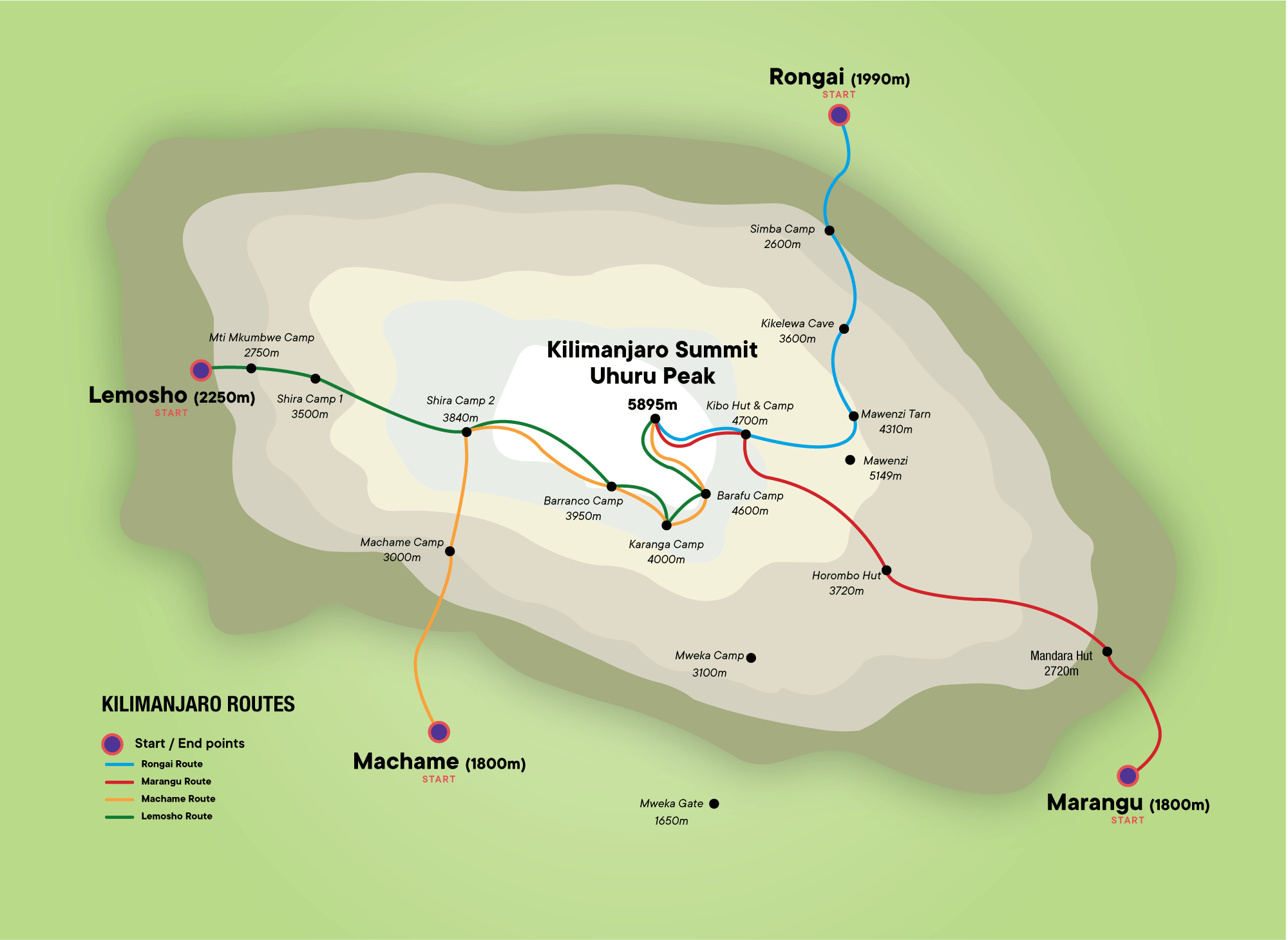
Kilimanjaro routes map showing the four main Kilimanjaro trekking trails. Which will you choose?
Northern Circuit Route – Newest and Longest
The Northern Circuit is one of the newer trails and the longest, allowing for a higher success rate to Summit. At the time of writing, not many operators offer this route yet, so there’s not as much known about it to make a substantial insight.
- Northern slope: 98 km gate-to-gate
- Days trekking: 9 days
- Average summit success rate: 95%
Umbwe Route – Most Demanding and Technical
The Umbwe Route is only for experienced climbers, and for that reason, you will rarely find it listed as an option with many responsible tour operators. This route is the most technical and challenging and has a lower success rate because rigorous steep climbs provide an inadequate way to acclimatize.
- Southern slope: 53 km gate-to-gate
- Days trekking: 6 days
- Average summit success rate: 60%
Mweka Route – Emergency and Exit Path
After summiting Uhuru Peak, the Mweka Route is the exit path you take to leave Kilimanjaro National Park on the Macheme and Lemosho trek routes. We slept at Mweka Camp after the long summit day and trekked a short path down to Mweka gate the following morning.
Porters more commonly use it as a quicker entry route for extra supplies or emergencies.
Which Kilimanjaro Routes Include the Barranco Wall?
The Lemosho and Machame routes include the Barranco Wall, which is a section of the climb not to be feared –– it might be one of the more challenging days of the trek, but it’s undoubtedly one of the most unforgettable.
READ MORE: Kilimanjaro Lemosho Route Guide – A day-by-day account of the longer trekking trail.
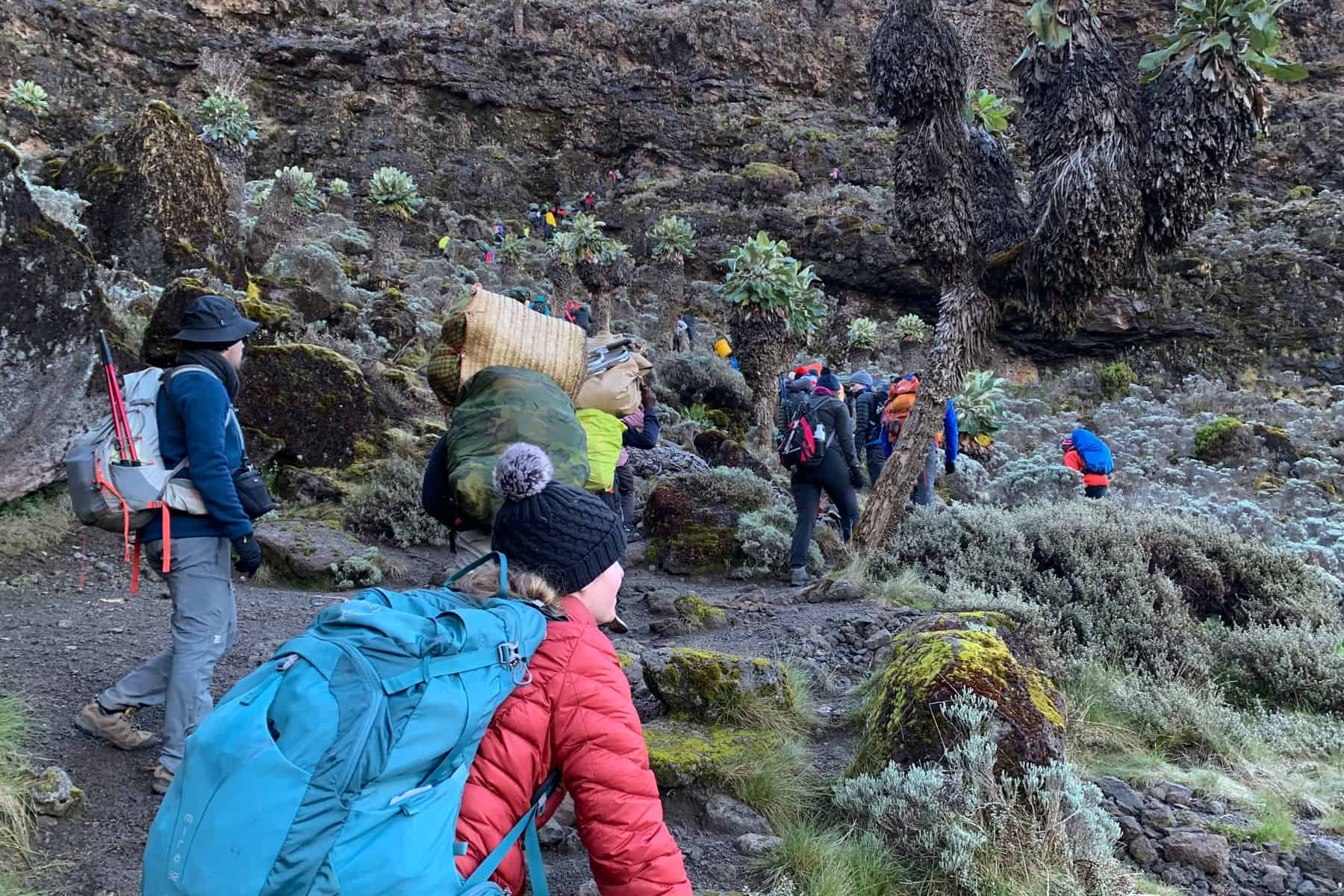
The Lemosho and Machame routes include the Barranco Wall, and it’s fun!
What Is the Easiest Route up Kilimanjaro?
The easiest Kilimanjaro route is relative to each person, their time, and how they want to undertake the trek. Still confused? Here’s my take.
I would choose between Macheme, the most set and practiced route, and Lemosho because of the extra time for acclimatisation, essential for summit success.
More experienced hikers, or second-time Kili trekkers, might be tempted by the more challenging routes.
Whichever Kilimanjaro route you choose, you will be in safe hands with experienced guides who know the trails in minute detail and will watch out for you every ‘Pole Pole’ step of the way.
Ready for the adventure?
Check out my Climbing Kilimanjaro Trek Guide.

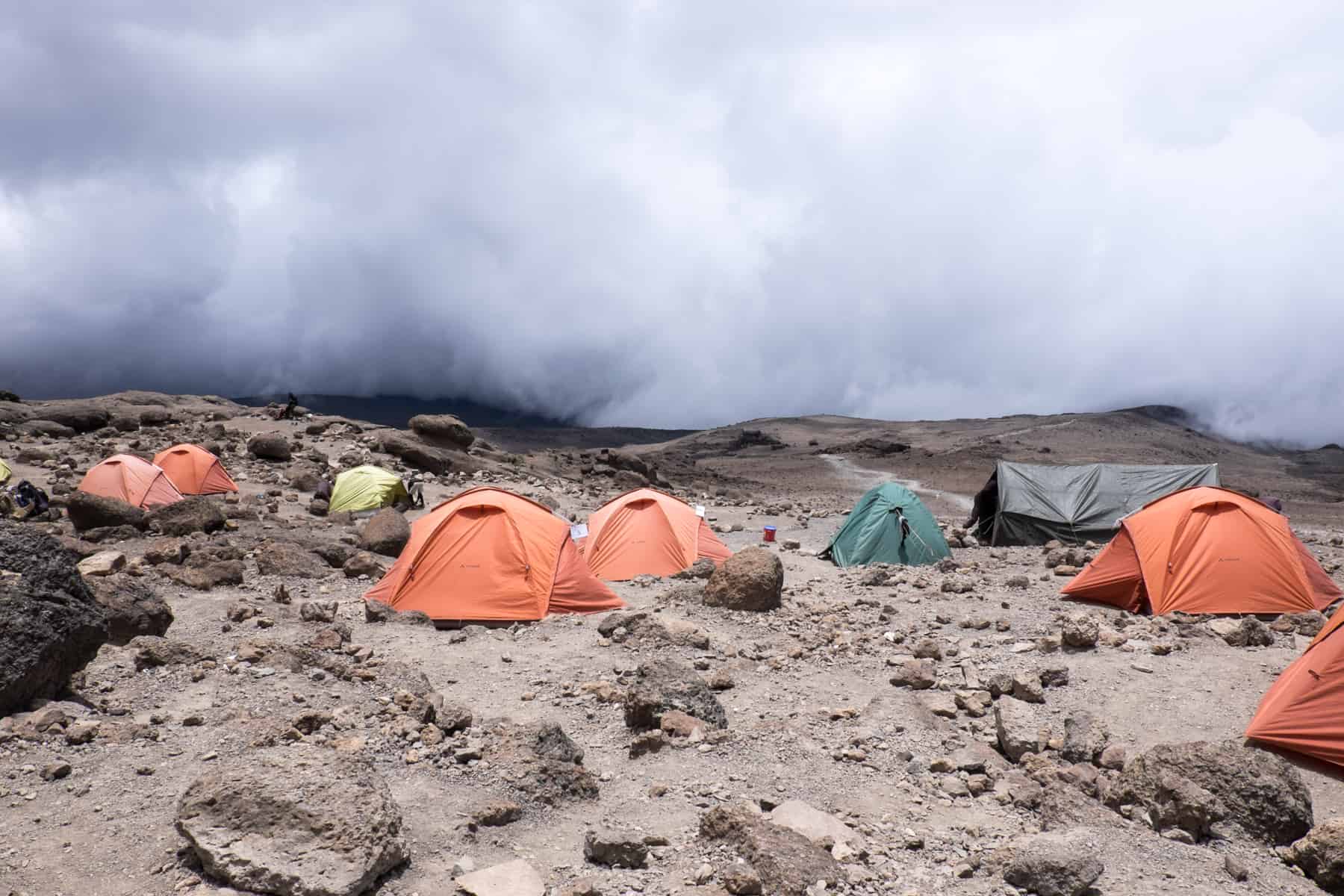
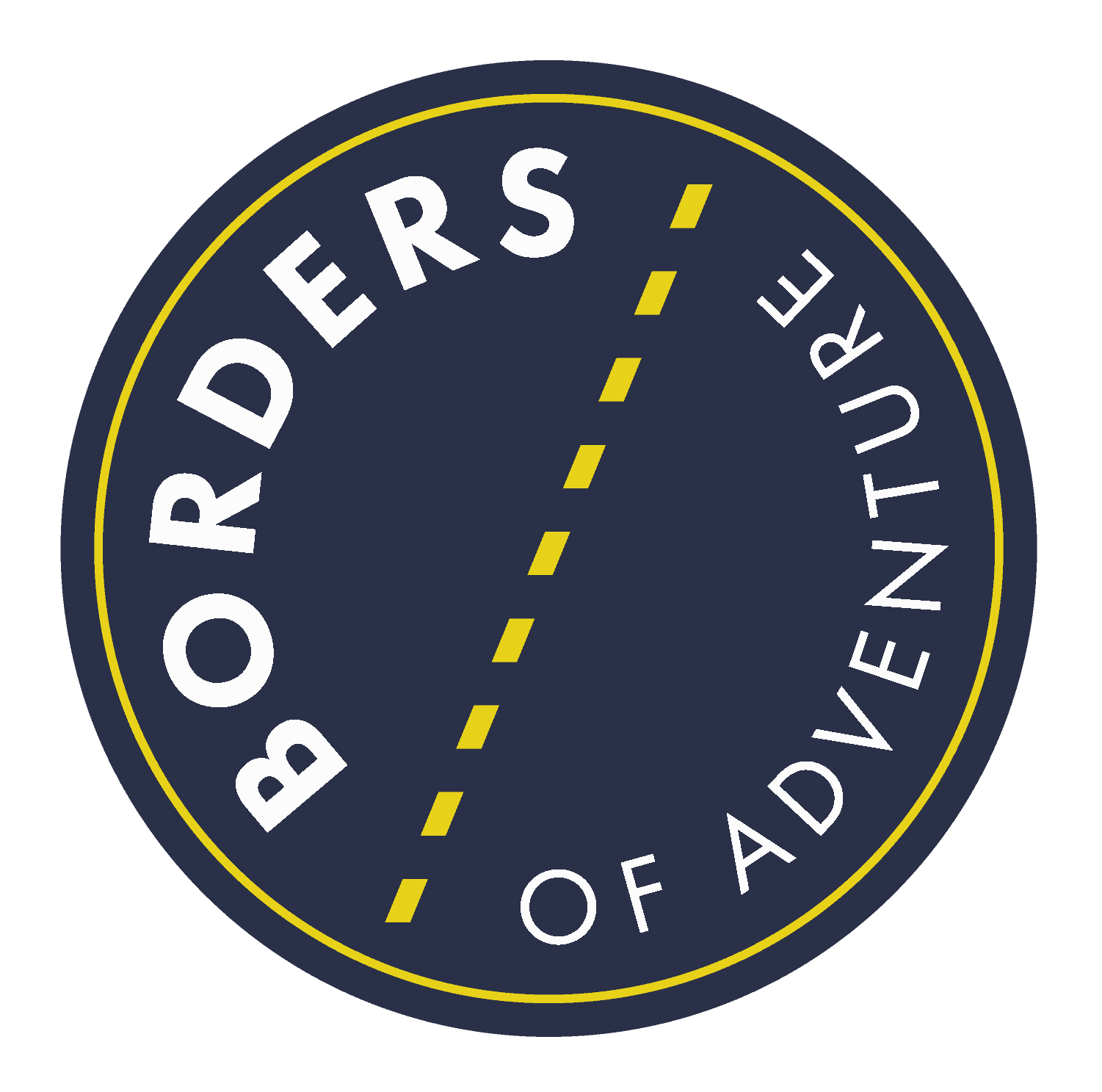
Leave a Reply